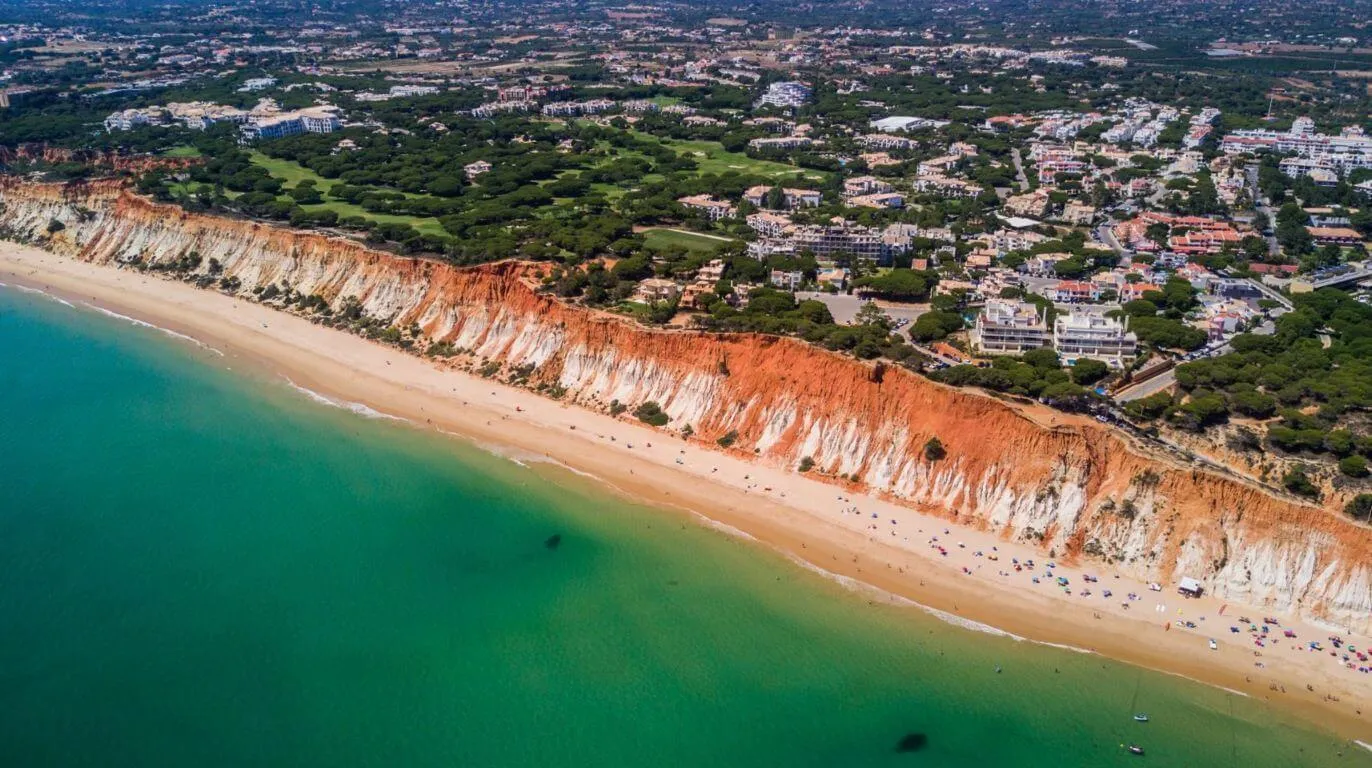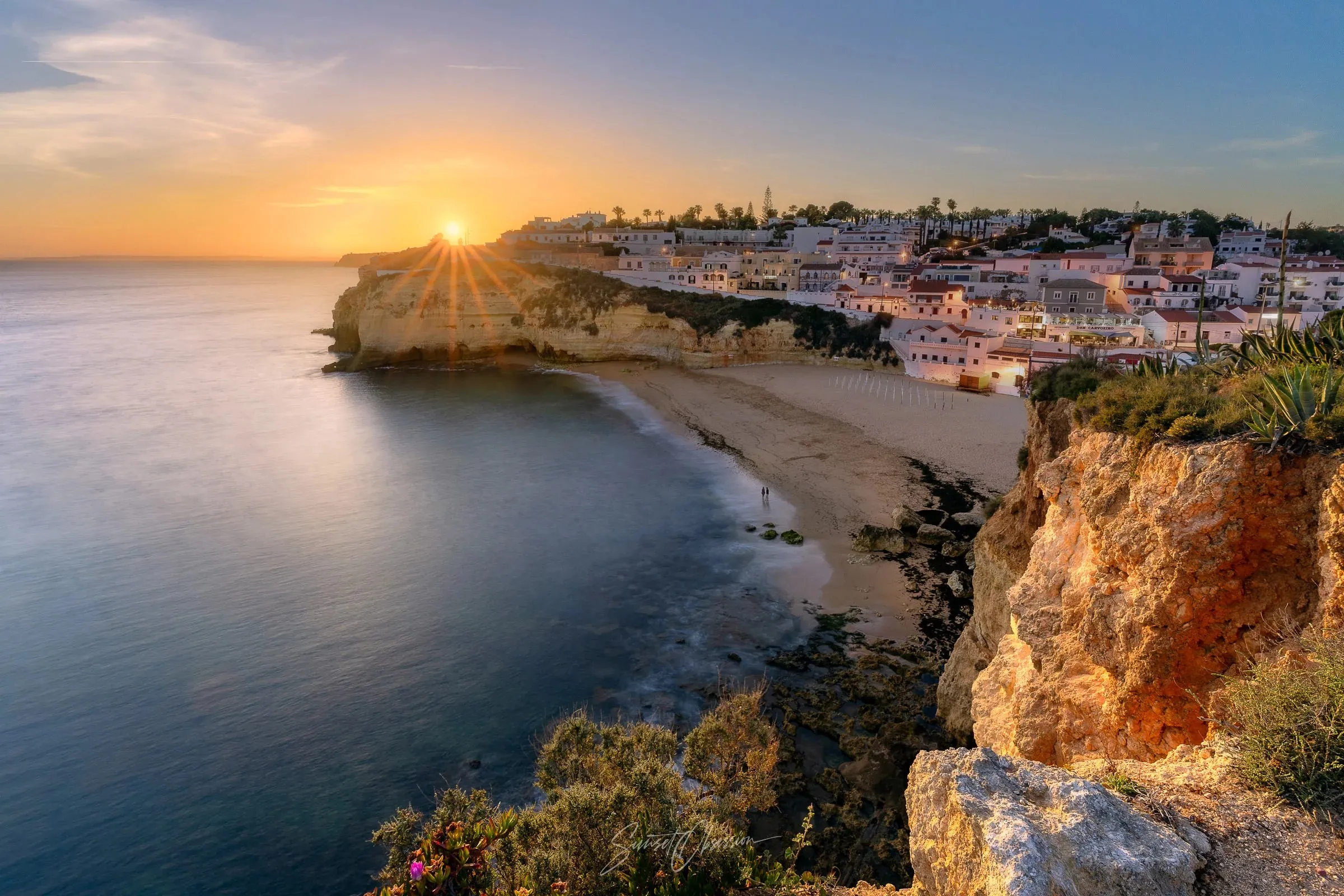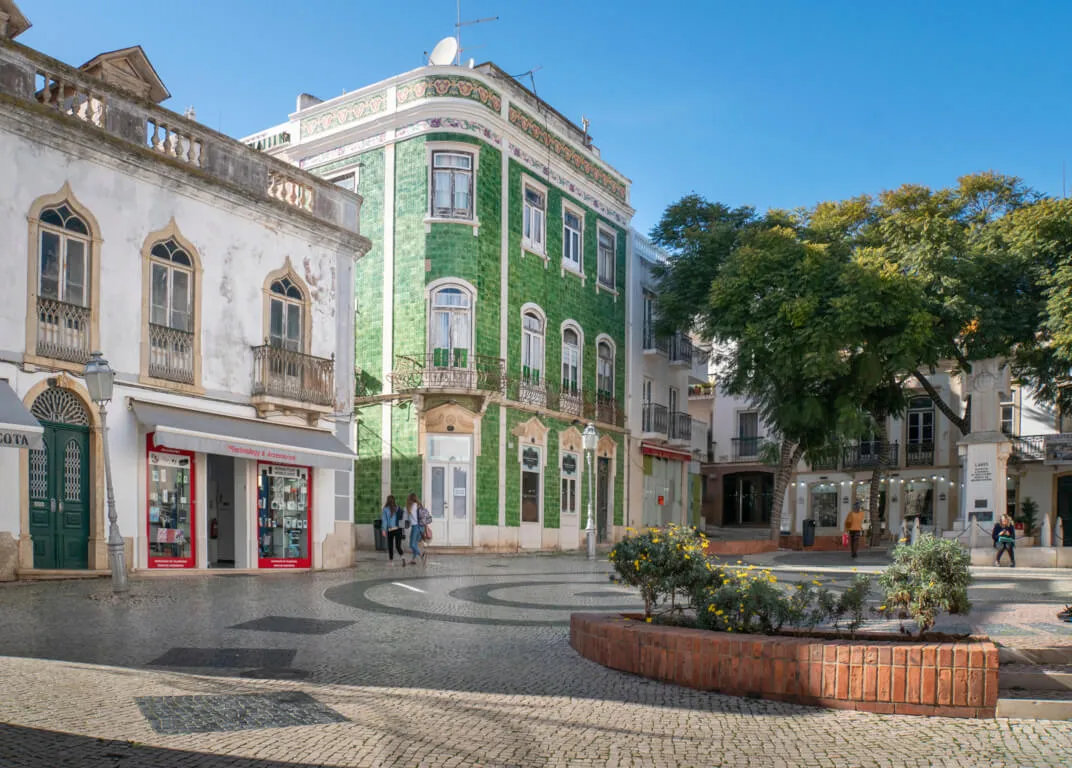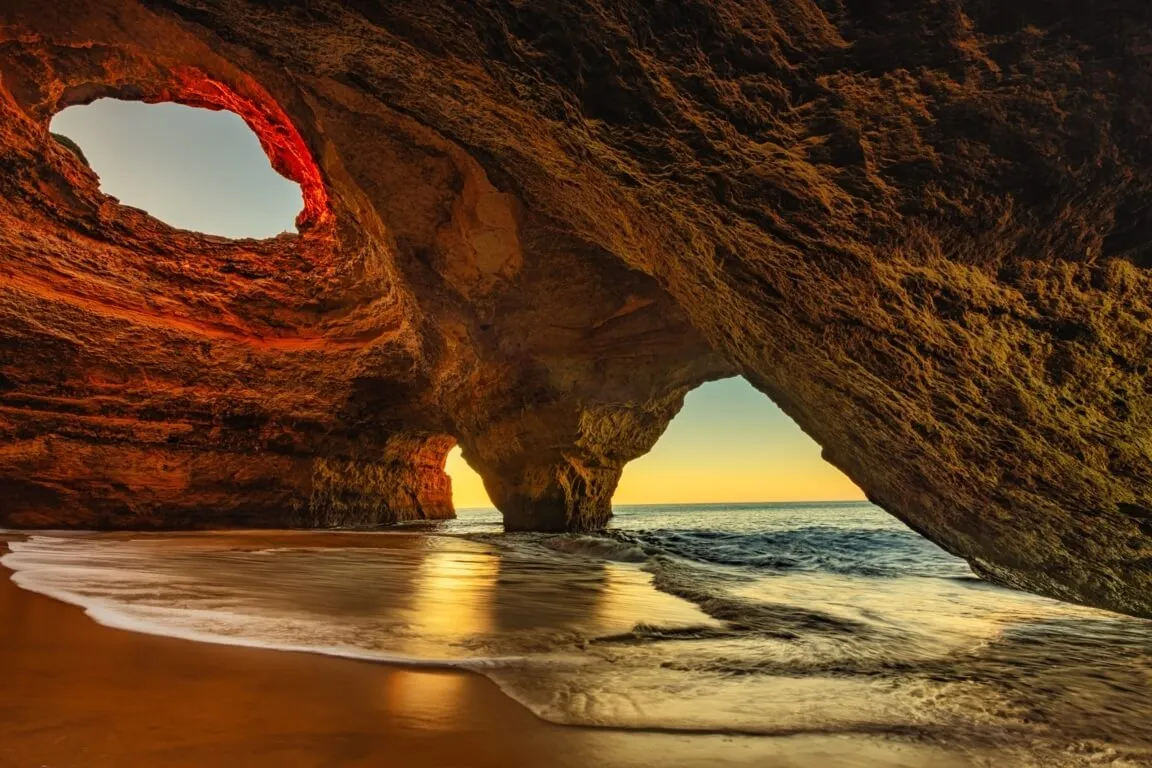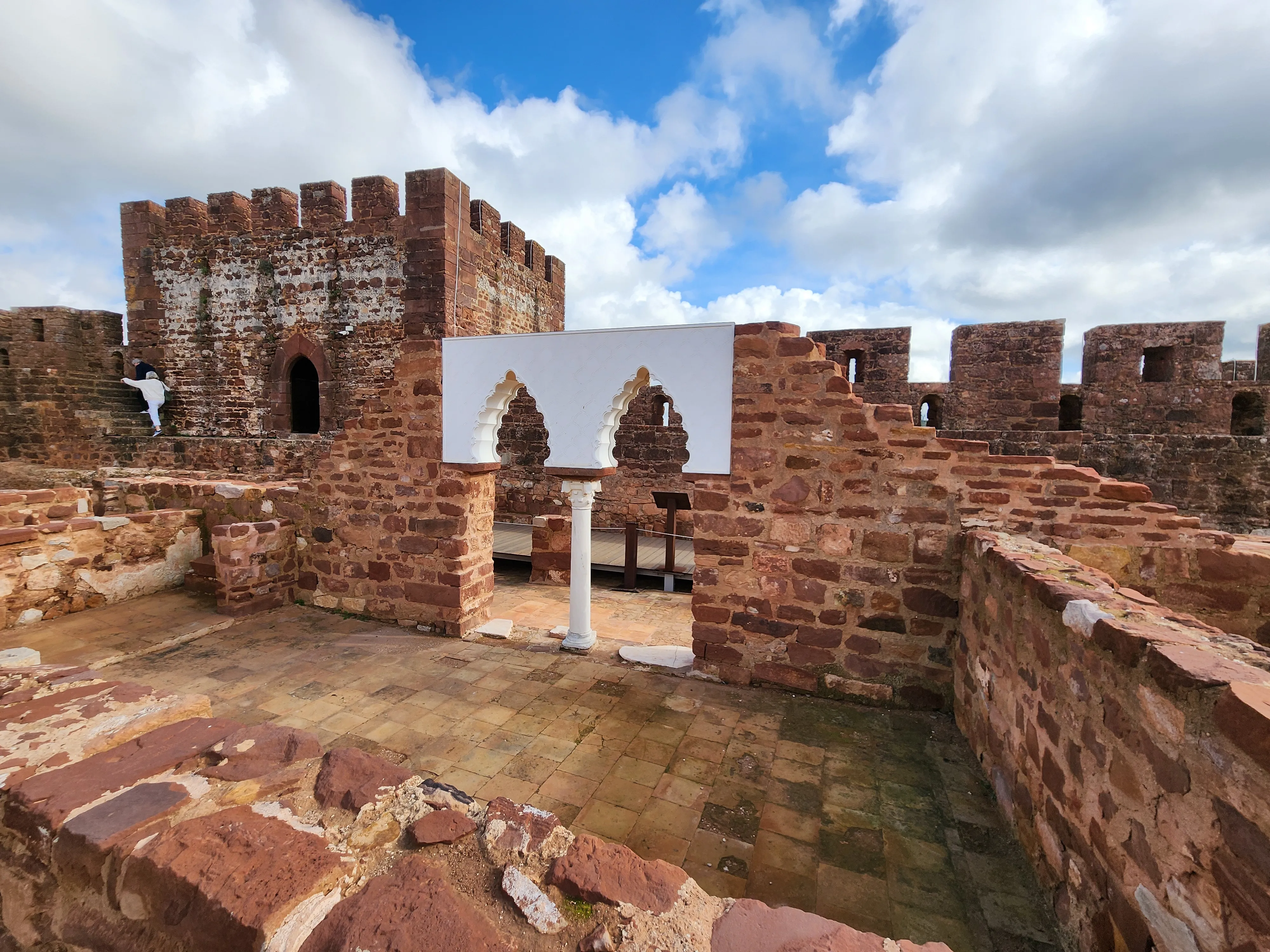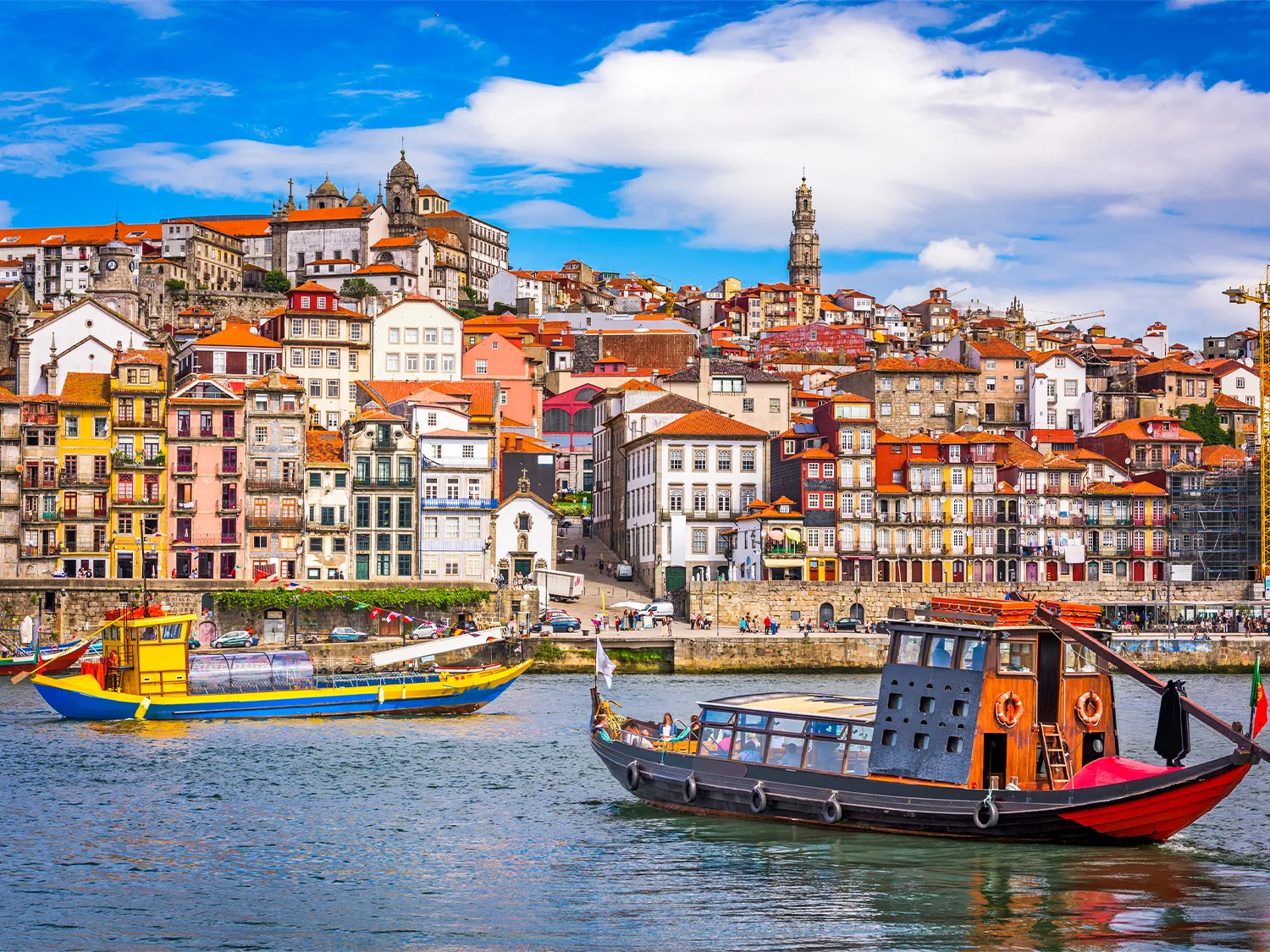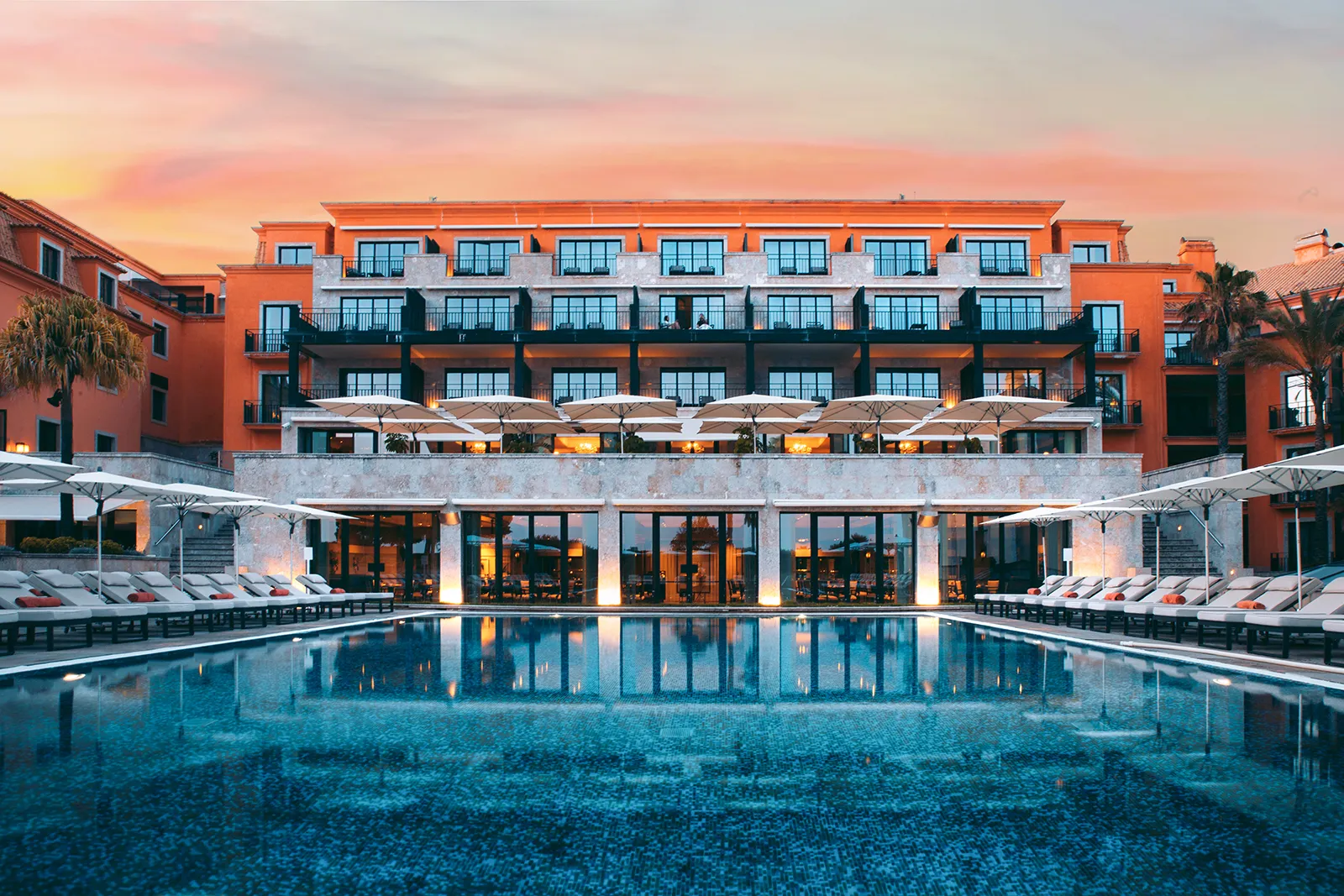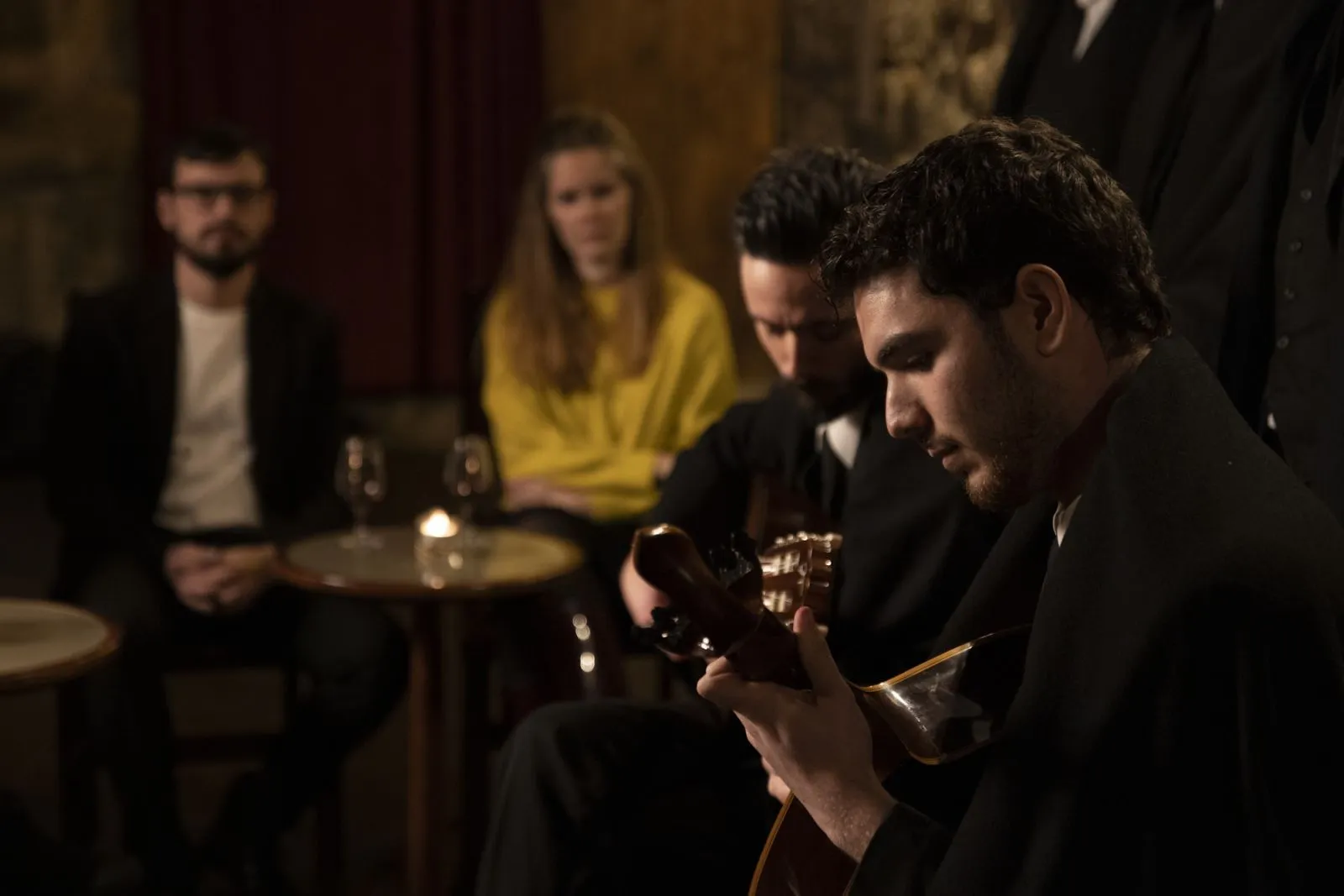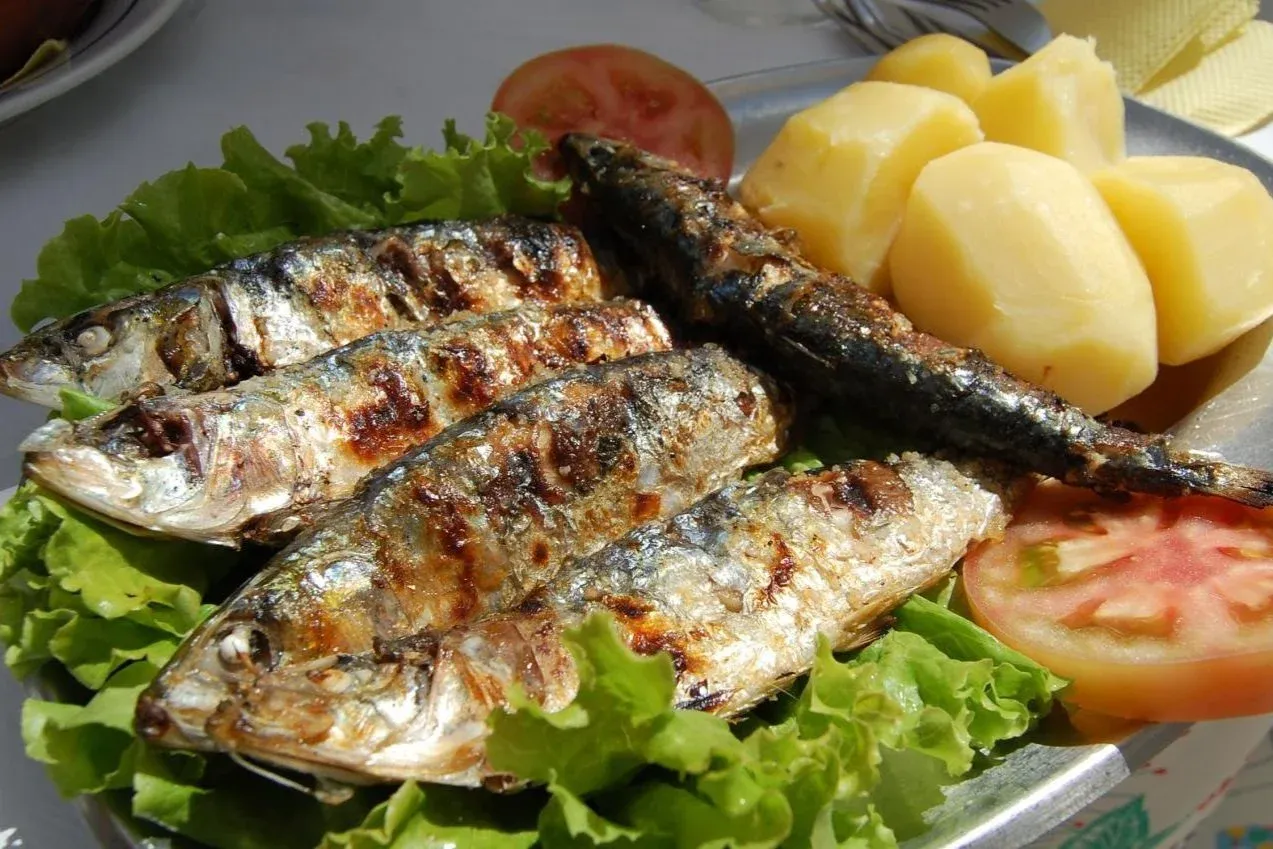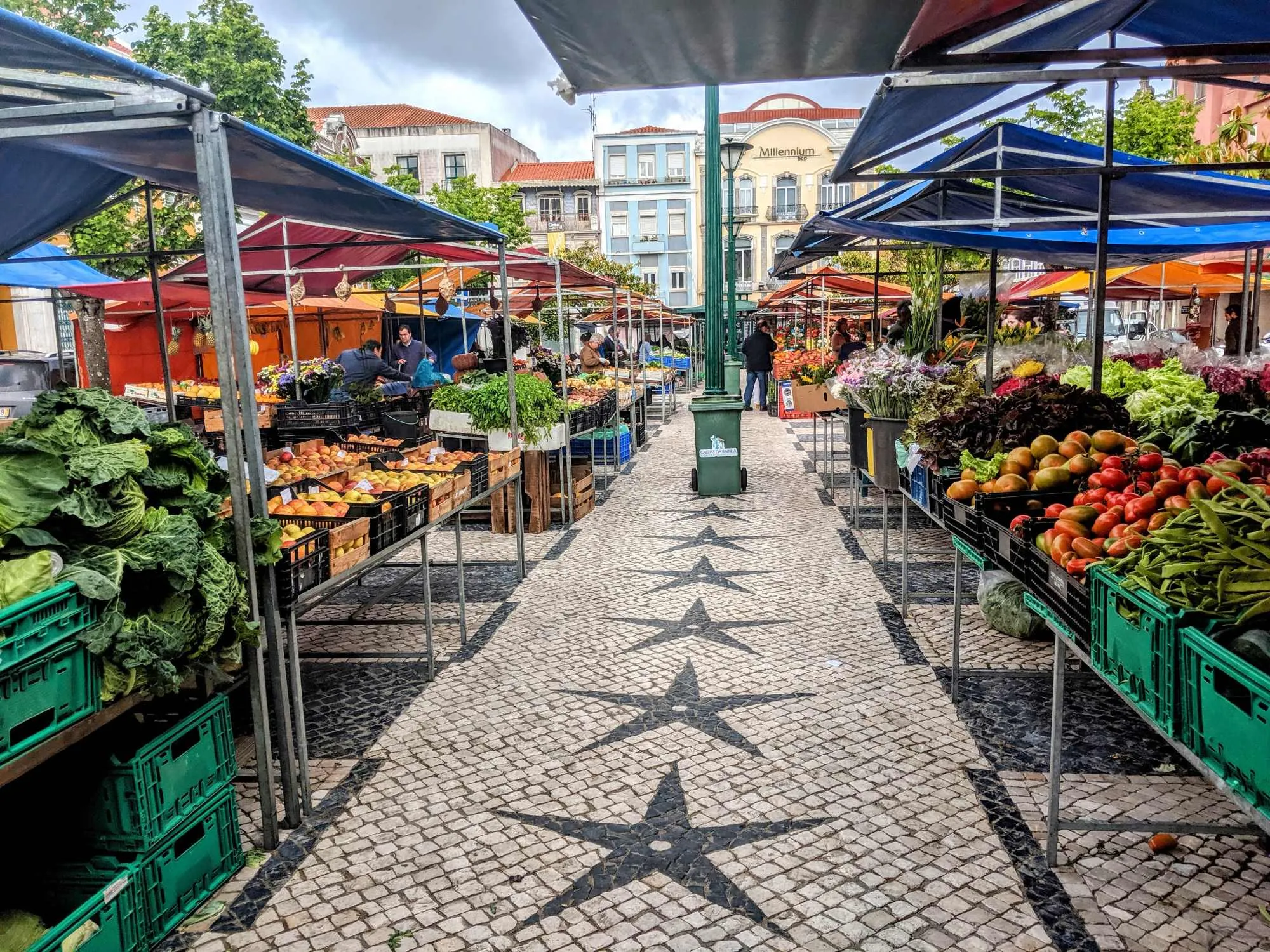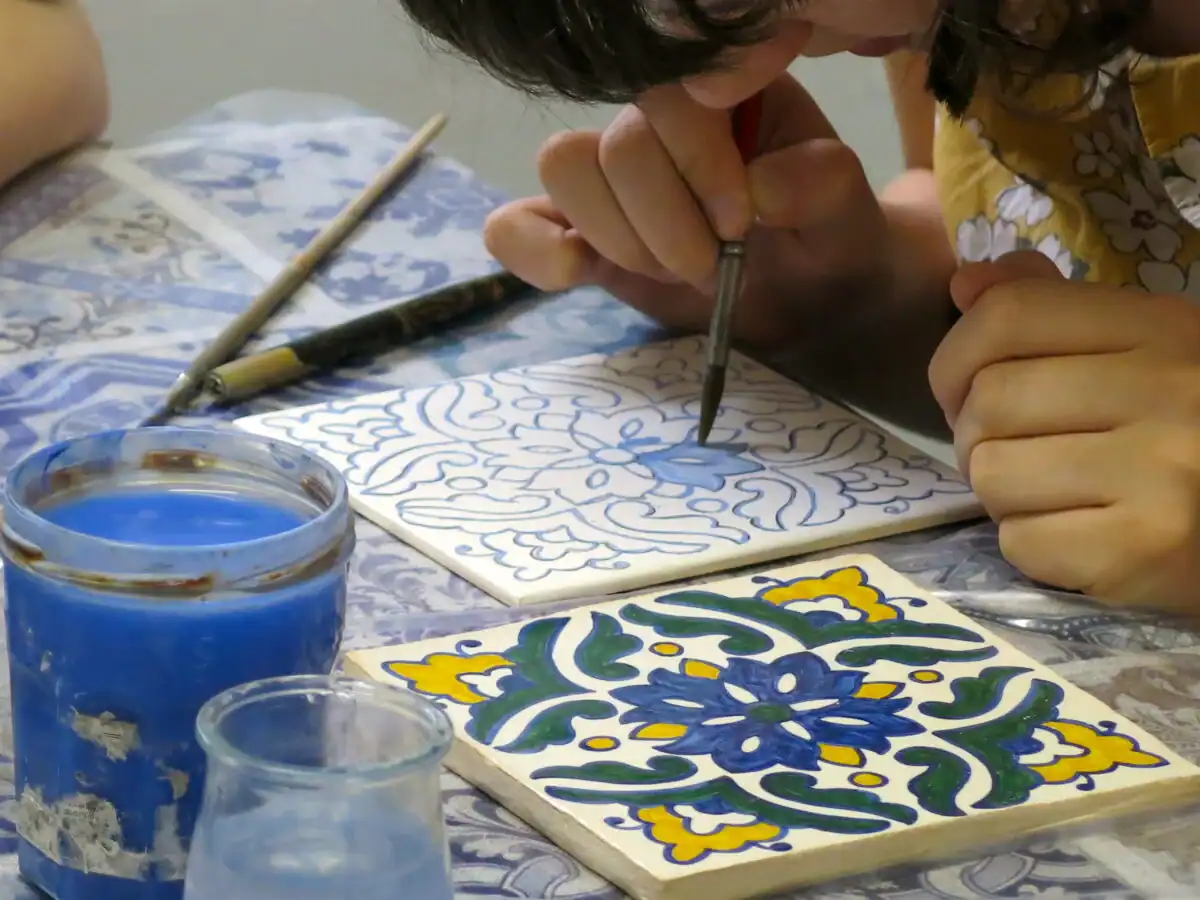The Algarve region in Portugal is far more than just another European beach destination—it’s a sun-kissed southern coast where wild rosemary scents inland trails, powerful Atlantic waves crash against golden cliffs, and charcoal-grilled sardines taste like they were pulled from the sea moments ago. With over 300 days of sunshine annually, this Portuguese paradise offers everything from dramatic coastal hikes and world-famous sea caves to authentic fishing villages and luxury golf resorts. This comprehensive Algarve Portugal travel guide will help you plan the perfect escape for families, adventure seekers, and couples alike.
Is the Algarve Right for Your Travel Style?
The beauty of Algarve Portugal lies in its diverse personality; this isn’t a one-size-fits-all destination. A successful trip depends on matching your travel style with the right region. Ending up in a lively party town when you’re seeking tranquility (or vice versa) can make or break your vacation.
For Adventure Seekers and Nature Lovers
The untamed Western Algarve, known as the Costa Vicentina, is your playground. This “last wild coast in Europe” features soaring cliffs and powerful surf that will get your adrenaline pumping. The scenic Seven Hanging Valleys Trail offers some of the most dramatic coastal views you’ll ever witness, while coasteering in Burgau lets you explore the coastline from a completely different perspective. Off-road buggy tours through the hills near Paderne reveal a rugged side of the region that most tourists never see.
However, be prepared for windier conditions and rougher seas that might not be suitable for relaxed swimming or families with young children.
For Families Seeking Hassle-Free Vacations
The Central Algarve is your sweet spot, offering calmer resorts and family-friendly amenities. Towns like Alvor, Praia da Luz, and Carvoeiro feature safe, sandy beaches with calm waters perfect for little ones. English is widely spoken here, and you’ll find supermarkets stocked with familiar international brands. Family-oriented attractions like the Zoomarine theme park and various water parks are scattered throughout this central region.
The downside? This area can feel quite touristy and developed compared to other parts of the Algarve, and summer crowds can be overwhelming.
For Couples and Romantics
Picture yourselves walking clifftop paths in the quiet charm of Carvoeiro, or strolling the cobbled streets and historic architecture of Tavira in the Eastern Algarve. A sunset at Cabo de São Vicente, Europe’s southwesternmost point, creates magical moments you’ll remember forever. Adults-only retreats like the Dom Manuel Hotel in Lagos offer intimate settings away from family crowds.
Keep in mind that some of these romantic spots can be quite remote, requiring a rental car to access, and dining options may be more limited than in busier tourist areas.
The Best Time to Visit Algarve Portugal
The secret to an amazing experience in Algarve Portugal lies in timing your visit right. While the region enjoys a Mediterranean climate year-round, each season offers distinct advantages and challenges.
The absolute sweet spot is the shoulder season of May-June and September-October. During these months, you’ll enjoy ideal weather, smaller crowds, and significantly lower prices for accommodation and flights. The weather remains warm and sunny, but without the intense heat and packed beaches of peak summer.
Peak season (July-August) brings hot, dry weather and the liveliest atmosphere, but also means crowded beaches, fully booked hotels, and premium prices. Everything needs to be reserved far in advance during these months.
Winter months (November-February) can be unpredictable with cooler temperatures and occasional rain, but they’re perfect for hiking, exploring cultural sites, and scoring incredible deals. Many visitors are pleasantly surprised by sunny, mild winter days where dramatically powerful ocean waves create spectacular coastal scenes.
How to Get to Algarve Portugal from the US
Your gateway to the region is Faro Airport (FAO), and there’s great news for American travelers. United Airlines now offers direct flights from Newark (EWR) to Faro four times a week, with a flight time of just 7 hours and 15 minutes. This eliminates the hassle of connecting through Lisbon.
For travelers from other major US hubs like Boston and New York JFK, you’ll find convenient one-stop routes on TAP Portugal, Aer Lingus, and Lufthansa. Flying into Lisbon is another option if you want to explore Portugal’s capital, but for an Algarve-focused trip, flying directly to Faro is your most time-efficient choice.
Getting Around: Why You Need a Rental Car in the Algarve
Let me be direct: a rental car is absolutely essential for experiencing the best of Algarve Portugal. Public transportation is limited and won’t get you to the hidden coves, dramatic viewpoints, and authentic villages that make this region so special.
Book your rental car 2-6 weeks in advance, especially for summer travel when demand often exceeds supply. A few crucial tips for US drivers: opt for a smaller vehicle, as historic town centers have extremely narrow, cobbled streets that larger cars can’t navigate. An International Driving Permit is highly recommended, and you’ll need a credit card for the security deposit.
The A22 highway uses an electronic-only toll system, so confirm with your rental agency how tolls will be billed to avoid surprise fees later.
Where to Stay in Algarve Portugal: Choosing Your Base
Your choice of base will define your entire Algarve Portugal experience, so let’s break down the three distinct regions and their unique personalities.
Central Algarve: Developed and Convenient
This region offers lively resort towns, family-friendly amenities, and easy access to the airport. Main towns include Albufeira, Vilamoura, Carvoeiro, and Portimão. You’ll find long sandy beaches, some cliffs and caves, plus excellent infrastructure for tourists. The sophisticated “Golden Triangle” of Vilamoura, Quinta do Lago, and Vale do Lobo caters to luxury travelers and golf enthusiasts, with exclusive marinas, high-end restaurants, and championship golf courses. However, this area can feel quite developed and touristy, especially during peak season.
Western Algarve: Dramatic and Adventurous
This is where you’ll find towering golden cliffs, sea stacks, and hidden grottos. Lagos serves as an excellent all-rounder base, offering a vibrant historic old town, youthful surf scene energy, and some of Portugal’s most dramatically scenic beaches. The town stays active year-round, making it a perfect base for any season. Sagres sits at the windswept tip of the continent, providing a prime base for serious surfers and those seeking that “end-of-the-world” atmosphere. The Western Algarve is ideal for adventure seekers but can be too rugged and windy for those seeking calm beach relaxation.
Eastern Algarve: Authentic and Tranquil
The Eastern Algarve features flat coastlines, sandbar islands, and the lagoons of the Ria Formosa Natural Park. Tavira stands out as an authentic Portuguese town with genuine soul—historic Roman bridges, castle ruins, and charming whitewashed buildings. It’s perfect for those seeking traditional Portuguese culture away from resort crowds. This region moves at a slower pace and may lack the dramatic coastal scenery and nightlife options found elsewhere in the Algarve.
Top Things to Do in Algarve Portugal
Hike the Seven Hanging Valleys Trail
This stunning 7.5-mile coastal route between Praia da Marinha and Praia do Vale de Centeanes ranks among Portugal’s best hikes. The good news is you don’t need to complete the entire trail; hiking just the first half from Praia da Marinha gives you a spectacular 4-hour round-trip covering most of the iconic viewpoints.
Explore Benagil Cave by Kayak
The world-famous sea cave with its iconic skylight requires advance planning. New 2025 regulations prohibit swimming inside the cave, so you must book a guided kayak or small boat tour from a nearby beach. The experience is worth the effort, but expect crowds and higher prices during peak season.
Discover Ponta da Piedade Grottos
This geological wonder near Lagos features a labyrinth of sea pillars, natural arches, and hidden caves. Skip the larger tour boats from the marina and instead descend the long staircase to hire small local fishing boats that can navigate into tiny grottos larger vessels cannot access.
Watch the Sunset at Cabo de São Vicente
Standing at mainland Europe’s southwesternmost tip while watching the sun disappear into the Atlantic creates an unforgettable moment. Arrive at least an hour before sunset, bring a jacket (it’s famously windy), and walk away from the main lighthouse area for a more peaceful viewing experience.
Experience Authentic Portuguese Cuisine
The food scene in Algarve Portugal deserves its own vacation. Don’t miss Cataplana de Marisco (seafood stew cooked in a distinctive copper pot), charcoal-grilled sardines in summer, and the famous piri-piri chicken. For the ultimate authentic experience, head to Guia near Albufeira, where Restaurante Ramires has been serving the original frango da Guia since 1964.
Algarve’s Hidden Gems: Beyond the Beaches
While Algarve Portugal is famous for its coastline, some of the most rewarding experiences happen away from the main tourist hubs.
Silves: The Former Moorish Capital
This historic town is dominated by its magnificent red sandstone castle, offering a deep dive into the region’s fascinating history. The charming cobbled streets and riverside location make it perfect for a day trip, especially if you visit during the popular medieval festival in August.
Monchique: The Garden Retreat
Known as the “Garden of the Algarve,” this peaceful mountain town provides a refreshing escape from the coastal heat. The air smells of eucalyptus, and the drive to Fóia (the region’s highest peak) offers stunning panoramic views. The nearby spa village of Caldas de Monchique features therapeutic thermal springs.
Ferragudo: Authentic Fishing Village Charm
This picturesque village across the Arade River from bustling Portimão has retained its traditional character. It’s ideal for quiet seafood lunches with views of the historic Castelo de São João do Arade, but dining options are more limited than in larger towns.
Faro’s Bone Chapel (Capela dos Ossos)
Located within the Igreja do Carmo, this small, hauntingly beautiful chapel is lined with the bones and skulls of over 1,200 Carmelite monks. It serves as a sobering but fascinating memento mori that most tourists miss entirely.
Practical Tips for US Travelers in the Algarve
- Currency: Algarve Portugal uses the Euro (€), and US dollars are not accepted. While credit cards work in larger establishments, always carry at least €50 in cash for tips, local markets, small cafes, and boat tours.
- Tipping: Tipping isn’t required as it is in the US since service staff earn a standard minimum wage. However, 5-10% at restaurants for good service is appreciated. You should tip in cash euros, as many places cannot add gratuity to card payments.
- Safety: Portugal consistently ranks as one of the world’s safest countries, and the Algarve is exceptionally safe for tourists. The Europe-wide emergency number is 112 for police, fire, and medical assistance.
- Pace of Life: Embrace “Portuguese time”—the pace of life is notably slower and more relaxed than in America. Lunch is the main meal, typically between 1:00-3:00 PM, and dinner rarely begins before 8:00 PM. Many restaurant kitchens won’t even be open for dinner at 6:00 PM.
The Algarve Portugal region offers a perfect blend of natural beauty, authentic culture, and modern amenities that create unforgettable memories for every type of traveler. From wild Atlantic cliffs to tranquil fishing villages, this sun-kissed corner of Europe delivers experiences that will have you planning your return visit before you’ve even left.
Read more:
